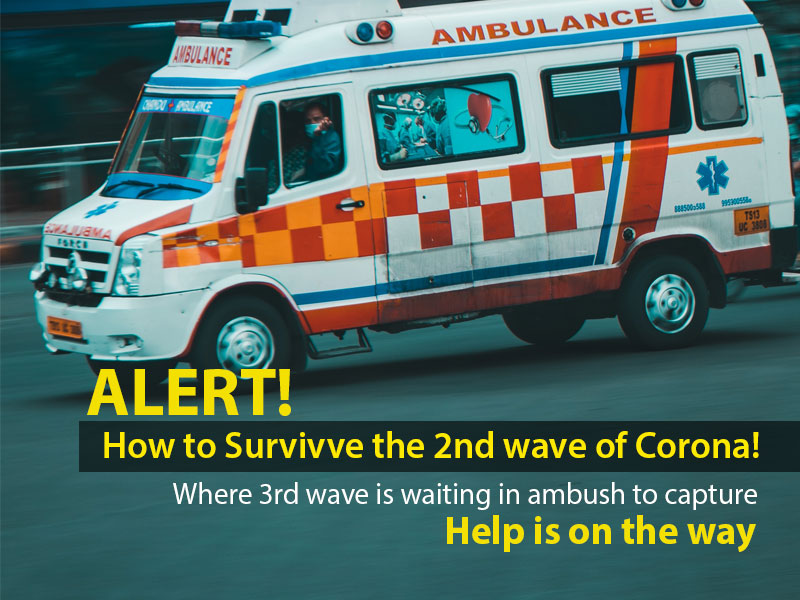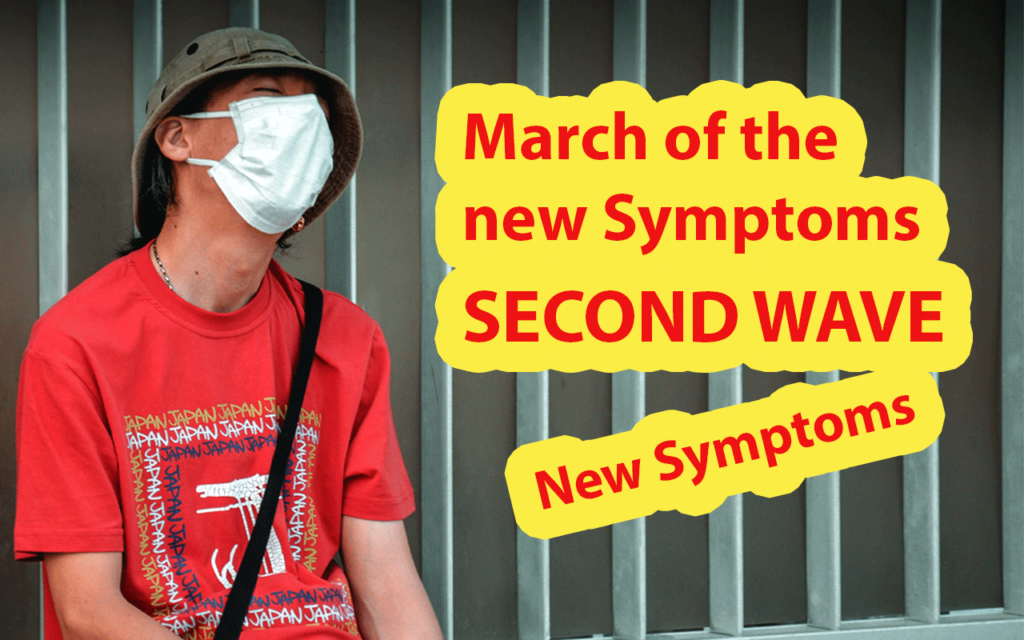Latest information on COVID-19
Learn how we are healing patients through science & compassion
Stanford team stimulates neurons to induce particular perceptions in mice’s minds
Learn how we are fueling innovation
Students from far and near begin medical studies at Stanford
Learn how we empower tomorrow’s leaders
Support teaching, research, and patient care.
Support Lucile Packard Children’s Hospital Stanford and child and maternal health
Stanford School of Medicine
Stanford Health Care
Stanford Children’s Health
Administration
Aging
Big Data
Biochemistry
Bioengineering
Cancer
Cardiovascular Health
Chemical Biology
Chronic Disease
COVID-19
Developmental Biology
Education
Genetics
Global Health
Health Policy
Hearing
Imaging
Immunology
Infectious Disease
Mental Health
Neuroscience
Nutrition
Obituaries
Pain
Patient Care
Pediatrics
Precision Health
Preventive Medicine
Sleep
Stem Cells
Surgery
Technology
Transplantation
Urology
Women’s Health
Stanford Medicine psychologists have created a free mental health resource that health care workers, and anyone, can access online for emotional support.
February 11, 2022 – By Hanae Armitage
In the early months of 2020, as COVID-19 cases surged to pandemic proportions, Debra Kaysen, PhD, professor of psychiatry and behavioral sciences at Stanford Medicine, saw signs of a different crisis emerging.
In the early months of 2020, as COVID-19 cases surged to pandemic proportions, Debra Kaysen, PhD, professor of psychiatry and behavioral sciences at Stanford Medicine, saw signs of a different crisis emerging.
“I looked at the data and realized we were going to see a mental health crisis hit the health care workforce nationally,” Kaysen said. “There was no way our traditional means of caring for patients was going to scale to what we were going to need to address the impending pandemic.”
Kaysen and her colleague Shannon Wiltsey Stirman, PhD, associate professor of psychiatry and behavioral sciences at Stanford Medicine, started working on a website that health care workers could access via smartphones or tablets when they needed help. Now, after months of development and pilot tests, the program, called Pause a Moment, or PAM, has launched.
“When people are dealing with trauma or extreme stress, very often they just try to power through it, especially if it’s on a daily basis for their job,” Wiltsey Stirman said.
“Even though many health care workers are extremely resilient, we’re seeing that some of them are not bouncing back in the same way that they may have before. We want PAM to be something that’s available to support them, a program they can use on breaks or at home that can teach them tools and approaches they then practice and rely on throughout their day.”
The PAM program is being offered at Stanford Medicine as part of a broader set of mental health support services for staff. “The mental health of nurses, clinicians and staff is a core priority for Stanford Health Care,” said Dale Beatty, DNP, RN, chief nurse executive and vice president of patient care services for Stanford Health Care.
“As part of our commitment to providing a full complement of mental health and wellness benefits, we offer comprehensive health and wellness services free of charge through our Employee Assistance Program, along with several other programs and resources available to all employees through their health insurance plans. We encourage all our workforce to take advantage of these benefits,” he added.
Shannon Wiltsey Stirman
The researchers hope that PAM will assist health care workers with navigating the long-term effects of the pandemic, such as chronic stress and post-traumatic stress disorder, as well as other difficult situations. Although the program was developed with health care workers in mind, it’s accessible to anyone with a computer or mobile phone who needs help. It’s also free.
“In our practices, we tailor mental health tools to what each person needs, and we thought, ‘Is there a way for us to scale that and bring some of that benefit to health care workers who may need mental health support at some point in their day?’” Wiltsey Stirman said.
In developing PAM, Wiltsey Stirman and Kaysen relied on tools widely used in psychotherapy practices. But they also sought input from a range of health care workers, students and hospital staff, asking them to weigh in on what was helpful and what needed improvement.
Emily Brown, RN, a nurse at Stanford Hospital who helps run the Wellness and Engagement Committee for the emergency department, heard about the website from Kaysen. She approached Brown in the hope of test driving it — weighing in on everything from color and word choice to the website’s usability and its mental health videos.
“I really liked the idea of this program, because it offers help when you need it, on your schedule,” Brown said. She believes PAM can provide an outlet to those who need a sounding board or are seeking validation or acknowledgment of their feelings. “I’m definitely going to roll the program out to my department — I have high hopes for this, and I’m excited for it to be available to our team,” she said.
In early trial runs, many said that, even though they weren’t formally using the website, it helped them on a bad day. “We’ve had multiple people talk about how it helped them refocus on what’s most important,” Wiltsey Stirman said.
Individuals using Pause a Moment answer a few questions on a website that tells the program how they’re feeling — whether it’s sad, anxious, depressed or something else.
Debra Kaysen
Then they rank the severity of their feeling on a scale of 1-10. Based on the inputs, PAM directs the user to a handful of resources that are intended to assuage their distress: a video-guided breathing exercise, or a way to reframe a challenge by practicing flexible thinking, which can help the user gain a different perspective, among other options. Users can also skip the first few steps and go directly to the tool they think is best suited to their needs.
“It’s not intended to replace therapy or other mental health interventions,” Kaysen said. “Our focus is more on helping people learn and practice the same skills that we use to help our patients.”
“The really great thing about PAM is that these exercises are right at the users’ fingertips, and they take only five or 10 minutes,” Wiltsey Stirman said. The name of the program — Pause a Moment — is a reminder that engaging, even if briefly, in a mentally supportive action can make a difference in a stressful situation, she added.
“Hopefully, this program is something they can use to practice some extra coping mechanisms or gain some tools they can use when they need them.”
Although the team specifically designed the program for health care workers, many of the tools offered in Pause a Moment can help people in other stressful situations.
Kaysen and Wiltsey Stirman said that they can adapt the website to other types of events that put large amounts of stress on groups of people — especially in situations in which there may be a shortage of mental health providers or resources, such as after natural disasters.
“These skills can be adapted for entire communities in the immediate aftermath of a distressing event and as part of the years-long recovery process,” Kaysen said. The two psychologists also plan to develop online programs for different mental health-related challenges.
“These are tools that can work for anyone, and I think there are a lot of essential workers and other folks that have been under a great deal of stress who could benefit from some of these skills,” Kaysen said.
The development of PAM was funded by the Jensen & Lori Huang Foundation.
The Stanford University School of Medicine consistently ranks among the nation’s top medical schools, integrating research, medical education, patient care and community service. For more news about the school, please visit http://med.stanford.edu/school.html. The medical school is part of Stanford Medicine, which includes Stanford Health Care and Stanford Children’s Health. For information about all three, please visit http://med.stanford.edu
Stanford Medicine integrates research, medical education and health care at its three institutions – Stanford University School of Medicine, Stanford Health Care (formerly Stanford Hospital & Clinics), and Lucile Packard Children’s Hospital Stanford. For more information, please visit the Office of Communication & Public Affairs site at http://mednews.stanford.edu.
Stanford Medicine is the only organization to receive the American Medical Association’s gold-level award every year it has been given.
Unlocking the secrets of the brain
Stanford Medicine is closely monitoring the outbreak of novel coronavirus (COVID-19). A dedicated page provides the latest information and developments related to the pandemic.
COVID-19 Updates
Office of Communications
For Journalists
For Faculty & Staff
School Policies
Contacts
Scope Blog
Stanford Medicine Magazine
Stanford Health Care Newsroom
Stanford Children’s Health Newsroom
About
Contact
Maps & Directions
Jobs
Basic Science Departments
Clinical Science Departments
Academic Programs
Vision


